5 Reasons to Exercise TODAY!
Are you looking for motivation and inspiration to switch up your usual running or walking workout? Read on for 30 reasons why you might want to vary your activities. To convert to miles, just count 15 or 20 minutes of another activity as one mile.
5 Reasons to Swim for Exercise
- It’s a whole-body exercise, working your legs, arms, and core.
- It has unique cardiovascular benefits: Regulating and timing your breathing helps expand your lung capacity, and immersion in water helps your heart work more efficiently.
- Specific muscles trained include your latissimus dorsi (your largest muscles, essential for posture) as well as your core – needed for balance, preventing falls, and everyday lifting activities.
- Swimming improves your mood, and researchers are exploring the additional benefits of outdoor swimming on mental health and well-being.
- It’s low impact, with minimal stress on knees, hips, and ankles. If you’re new to swimming, start slowly and watch your technique to avoid shoulder strain.
5 Reasons to Bike for Exercise
- Cardio options: lower heart rate on the flats, higher heart rate on the hills. If you’re new to intense exercise, take a break – no judgement if you walk your bike up a steep hill!
- It can double as transportation! Biking to work or on errands is great for your health and an eco-friendly mode of transportation.
- Muscles trained: quadriceps (secondary: hamstrings & glutes). Your quads are some of the largest and strongest muscles; strengthening them can reduce stress on your knees.
- Being on the wide open road, if you can find it, is good for your mental health. Exercising outdoors may improve well-being more than indoors, and mountain bikers reported less stress and negative thoughts.
- Biking is low impact, with low stress on joints. Make sure your bike is adjusted correctly to avoid knee or back strain.
5 Reasons to Hike for Exercise
- Hiking offers great cardio benefits, especially going uphill. Your heart and your muscles have to work harder to move you against gravity.
- It’s an excellent way to pass the time if you’re up for a really long workout. (Be safe! Know your route, and tell someone where you’re going.)
- Muscles trained: legs. Hiking works the entire leg, including the hip muscles, quads, hamstrings, and calves. You’ll use up to 28% more energy hiking on uneven ground, in part because those muscles do extra work to stabilize your body.
- Interacting with nature improves mental health, including better self-esteem and mood, and reduced anger and stress.
- Pick a destination and take a picnic, or take a tent and make it an overnight adventure.
5 Reasons to Play Tennis or Pickleball
- Racquet sports are a great all-body exercise, using the chest and arms, core, and leg muscles.
- It’s easy to regulate exertion. Tennis is played in games and sets, so you’ll have a chance to take a water break. Try doubles tennis to share the workload.
- Benefits beyond cardio: Tennis has been shown to improve hand-eye coordination and balance.
- Great for friendly competition. In addition to improved fitness, Masters athletes from ages 50-80+ report that they enjoy the challenge and camaraderie of competitive sports.
- Easy to track your progress. As you play more, you’ll see improvements: as better scores, fewer double faults, or less fatigue at the end of a match.
5 Reasons to Play Basketball
- Easy enough that anyone can get started. Basketball can be a simple game that beginners can pick up, but has the potential for vast improvements in playing skill.
- Easy to find pickup games if you are competitive. Many local gyms or parks have courts that are accessible to the public. Brush up on your pickup game etiquette!
- Great overall exercise: Running and jumping work your legs and build bone strength. Shooting and dribbling develop your chest and arms, all the way to your wrist flexors.
- Good for balance, hand-eye coordination and mental development (learning the rules and strategy, and making quick decisions).
- Great way to meet people. Shooting free throws by yourself isn’t too exciting. By joining in a game, whether pickup or with a regular group, you’ll get social with others interested in the sport.
5 Reasons to Dance for Exercise
- Dancing is fun and doesn’t feel like “exercise.” The steps (and miles) you log are a bonus!
- Music! The right beat just makes you want to move – and research shows that it improves mood and stamina during exercise.
- Regular dancing improves agility, balance, posture, strength, and flexibility.
- It’s a complex activity that also improves cognition and reaction time in older adults.
- Community with other people. Try a beginner class if you’re new to Zumba, salsa, or the waltz.
Last Reviewed: 7/2025

